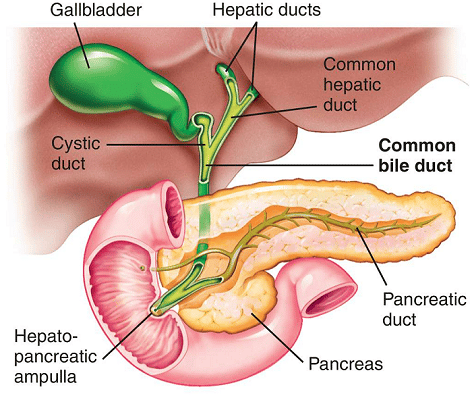Gallbladder Removal Cost
Gallbladder surgery, also known as cholecystectomy refers to the surgical removal of the gallbladder. The gall bladder is a pear-shaped organ located beneath the liver and stores bile, the fluid which helps in digesting fatty foods.
Gallbladder surgery is a common treatment for gallstones causing pain and discomfort. The surgery is also employed to treat other gallbladder conditions such as cancer, infections, etc.
The cost of gallbladder surgery usually varies depending on the surgical technique followed.
Reasons for Gallbladder Removal Surgery
The procedure is carried out for various reasons as:
1. Biliary colic
Intense abdominal pain usually follows when a gallstone temporarily blocks the bile duct. This pain is referred to as biliary colic. Usually, pain from biliary colic is felt in the right upper part of the abdomen, is moderate to severe, and goes away on its own after a few hours when the stone dislodges.
2. Acute cholecystitis
This refers to the inflammation of the gallbladder usually due to complications from gallstones. Pain in cholecystitis is similar to that of biliary colic, but lasts longer than 6 hours and occurs together with signs of infection such as fever, chills, or an elevated white blood cell count
People with repeat episodes of acute cholecystitis can develop chronic cholecystitis from changes in the normal anatomy of the gallbladder. This can also be a reason for gallbladder surgery if the person has ongoing pain.
3. Cholangitis and gallstone pancreatitis
These are rare and more serious complications from gallstone disease. When gallstones cause a blockage of the common bile duct, infection in both the pancreas and biliary system may result.
4. Gallbladder cancer
Carcinoma of the gallbladder is also another reason for gallbladder surgery. When the gallbladder becomes cancerous, open removal of the gallbladder is usually performed.

Gallbladder Surgery
Doctors can remove the gallbladder in one of two ways:
Open surgery: During this procedure, the surgeon will make a 5- to 7-inch incision (cut) on the belly to take out the gallbladder. Open surgery is usually indicated if the patient has a bleeding disorder, is overweight, pregnant or surgeon/patient’s preferences.
Laparoscopic cholecystectomy: Doctors also call this “keyhole surgery.” The surgeon doesn’t make a big opening in the belly. Instead, he makes four small cuts. He inserts a very thin, flexible tube that contains a light and a tiny video camera into the belly. These help the surgeon see the gallbladder better. Next, he’ll insert special tools to remove the diseased organ.
For both types of surgery, general anesthesia is used.
Laparoscopic removal of the gallbladder usually produces fewer scars although the cost is usually higher compared to open surgery.
More: Types of Surgery
Risks and Complications of Gallbladder Surgery
Like every surgical procedure, gallbladder surgery has its risks and complications.
Doctors believe gallbladder surgery is safe, but some problems can still arise. These may include:
- Problems with anesthesia
- Infection
- Bleeding
- Swelling
- Bile leakage
- Damage to a bile duct
- Damage to your intestine, bowel, or blood vessels
- Deep vein thrombosis (blood clots)
- Heart problems
- Pneumonia
There is also a risk of a problem doctors call “post-cholecystectomy syndrome” (PCS). It can happen if any gallstones are left in the bile ducts or bile happens to leak into the stomach. The symptoms of PCS are similar to those of gallstones. They include belly pain, heartburn, and diarrhea.
Gallbladder Surgery Cost
The total cost for gallbladder surgery depends on a lot of factors such as the anesthetic fee, private hospital fee, private operating facility fee, surgical technique use, etc.
Gallbladder surgery is usually covered by health insurance. So for patients covered by health insurance, out-of-pocket costs typically consist of a specialist copay, possibly a hospital copay of $100 or more, and coinsurance of 10% to 50% for the procedure, which could reach the yearly out-of-pocket maximum.
The total cost of the procedure is around $20,000 – $24,000.
More: Lipoma Removal Cost


